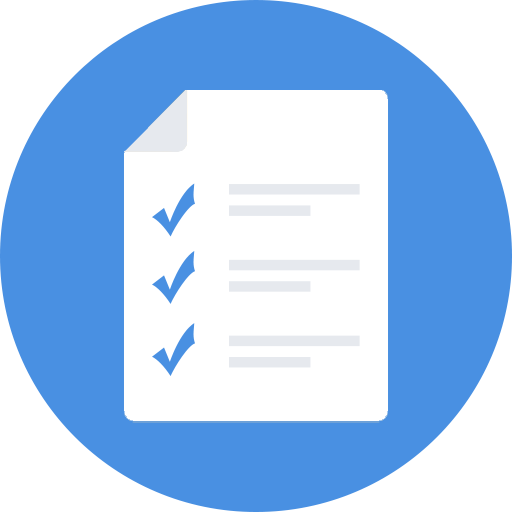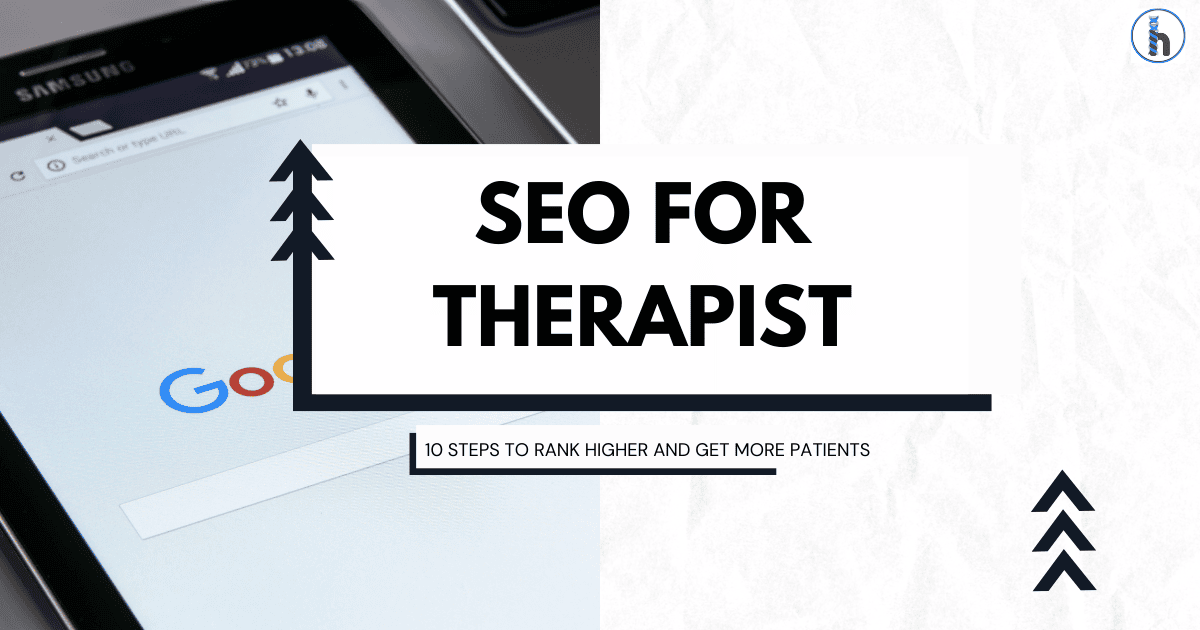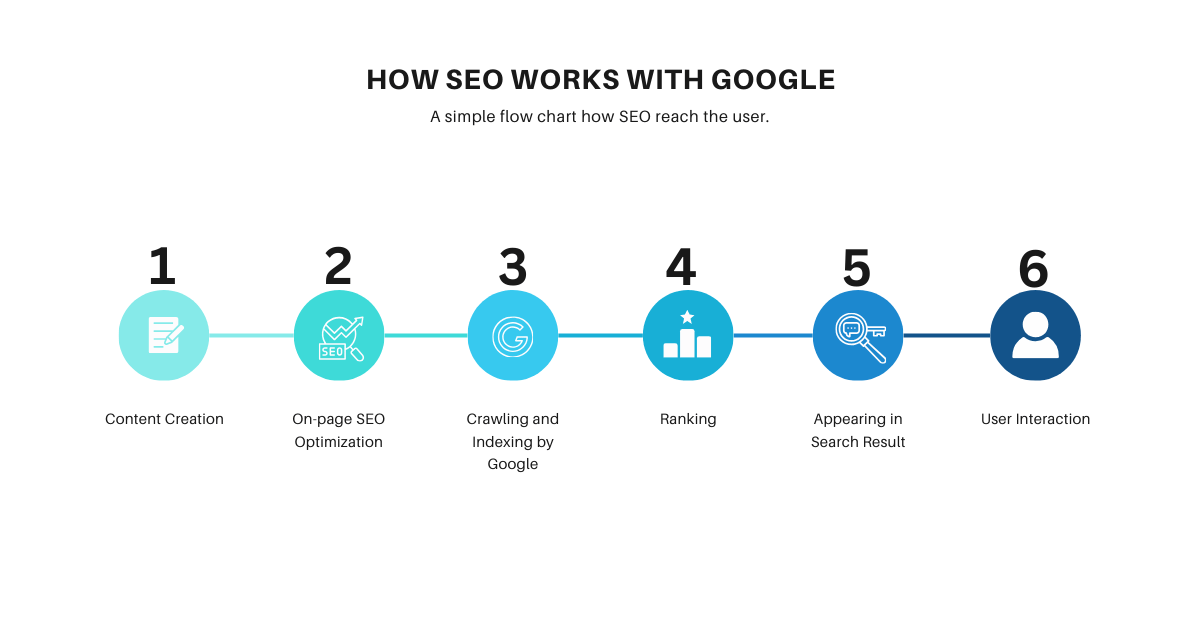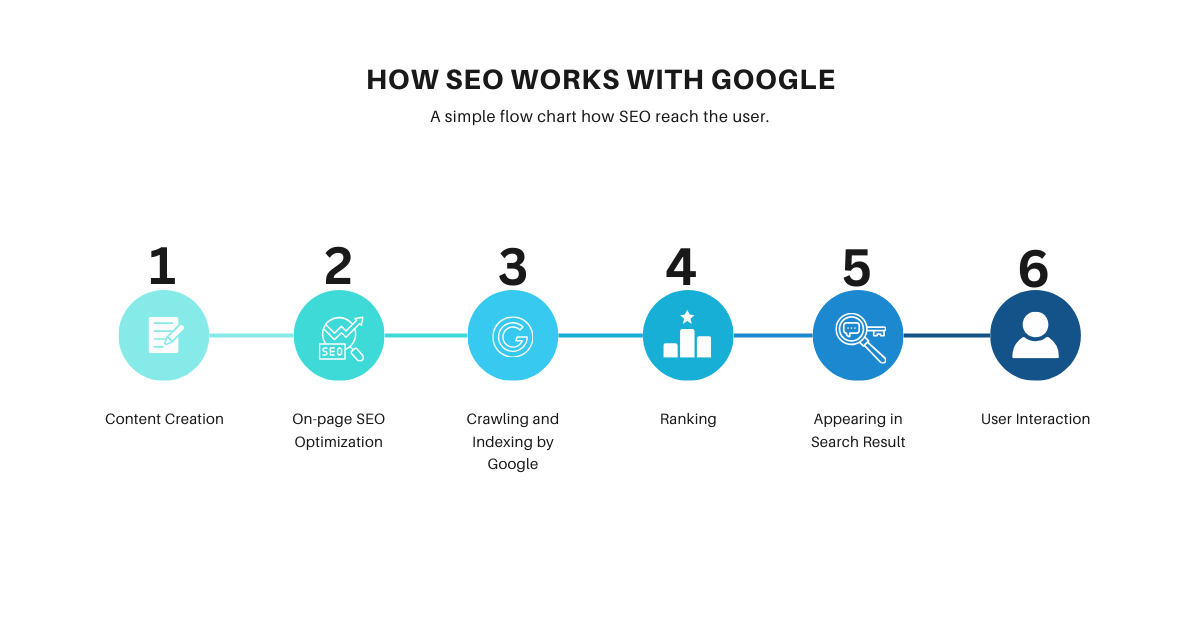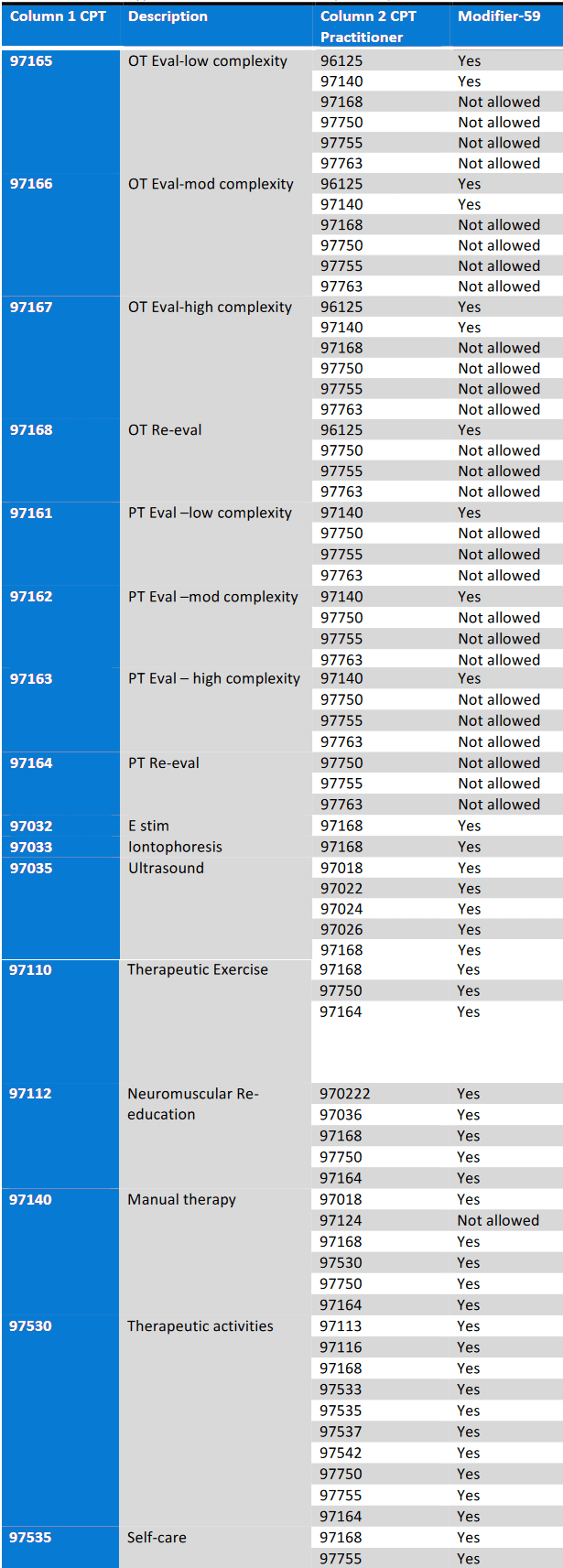Discover how to improve your therapy practice’s online presence with “SEO for Therapists.” Follow these 10 steps to rank higher in search results and attract more patients to your website.
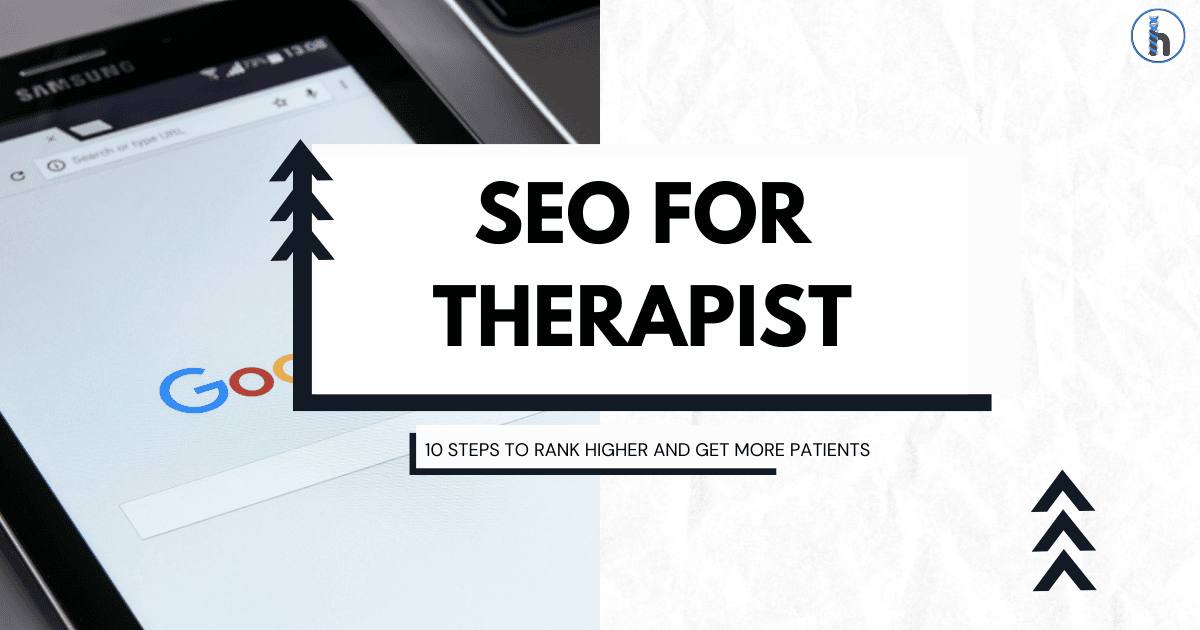
As a healthcare professional, you’re likely aware of how critical it is to be visible to potential patients, especially in today’s digital age. SEO (Search Engine Optimization) is a powerful tool that can help your therapy practice improve its online presence, rank higher in search engine results, and ultimately attract more patients. In this article, we will explore 10 essential SEO tips tailored for therapists in physical, occupational, and speech therapy practices.
1. Incorporate Keywords Strategically
The foundation of SEO starts with keywords. These are the words and phrases potential patients use when searching for therapy services. For therapy practices, keywords should be specific to your services and location. For example, if you’re a speech therapist in New York, use phrases like “speech therapy in New York” or “speech therapist near me.”
To identify the best keywords for your practice, you can use tools like Google Keyword Planner, SEMrush, or Ahrefs to find high-volume, low-competition keywords. These tools can help you uncover long-tail keywords, which are more specific and less competitive, leading to better chances of ranking.
Additionally, it’s crucial to strategically place keywords in your page titles, headers, meta descriptions, and throughout the body of your content. However, avoid overstuffing your content with keywords—this can lead to penalties from search engines. Instead, aim for natural inclusion.
2. Create Detailed, Engaging Content
Creating quality content is essential for SEO. Aim for at least 1,500 words of helpful, meaningful content. Blogs, articles, and case studies are great ways to provide value to your audience and improve your rankings. For example, you could write blog posts answering common questions like “How long does speech therapy take?” or “What is the difference between physical and occupational therapy?”
In your content, include relevant keywords naturally, but also use synonyms and related terms. This will help broaden the scope of your reach. For instance, instead of always saying “speech therapy,” you could use “language therapy,” “speech treatment,” or “speech rehabilitation.”
Structuring your content well is also important. Break it up with headings, bullet points, and images to make it easier for readers to navigate and engage with. Google favors well-organized, user-friendly pages.
3. Optimize for Local SEO
Local SEO is vital for therapy practices since most patients will be searching for services close to them. Make sure your practice is listed in local directories and on Google My Business (GMB). A GMB listing provides key information, such as your business hours, location, website, and contact details, and it shows up when people search for therapy services near them.
According to a 2023 study by BrightLocal, 78% of mobile searches for “near me” results in an offline purchase or action, underscoring the importance of local optimization. In addition to GMB, make sure to include your location in key areas of your website, such as titles, meta descriptions, and headings.
4. Utilize Internal and External Links
Linking to other pages or blog posts on your site (internal links) and having external websites link to your site (backlinks) are both powerful SEO techniques.
Internal links help search engines understand the structure of your website, allowing them to crawl and index your content more effectively. For example, if you have a blog post about “speech therapy for children,” link to another blog post about “how to prepare for your first speech therapy session.”
Backlinks, on the other hand, show search engines that other authoritative sites trust your content. You can build backlinks by contributing guest posts, answering questions on platforms like HARO (Help A Reporter Out), or collaborating with other health professionals to create content. Websites like Health.com, WebMD, and Psychology Today are great examples of authoritative sites that could link to your practice’s website if you have relevant and quality content.
5. Answer Common Questions with Featured Snippets
Google often provides a “featured snippet” at the top of search results, which answers a query in a concise manner. To get your content featured, aim to answer common questions in clear, succinct language. For example, if someone asks, “What does a physical therapist do?”, you can provide a brief, accurate answer in your content.
The goal is to structure your content in a way that Google can easily extract a snippet. You can do this by including a direct question-and-answer format or creating a list that directly addresses the user’s query.
6. Improve Your Website’s User Experience (UX)
Search engines like Google place significant value on user experience (UX). A website that is easy to navigate, mobile-friendly, and fast will rank better in search results.
For instance, 53% of mobile users abandon a site if it takes more than three seconds to load (Google). You can use tools like Google PageSpeed Insights to check your website’s speed and make improvements. Additionally, ensure your website is mobile-friendly, as most users will visit your site on their smartphones.
7. Leverage Google My Business (GMB) for Local Visibility
As mentioned earlier, Google My Business is crucial for local SEO. Set up and fully optimize your GMB profile by adding your business name, address, phone number, website link, and business hours. Include high-quality photos of your practice and any certifications or qualifications that might help patients trust you.
Encourage your satisfied patients to leave reviews on your GMB profile. Positive reviews not only improve your ranking but also build your practice’s credibility. A study by BrightLocal showed that 79% of consumers trust online reviews as much as personal recommendations.
8. Optimize for Voice Search
With the rise of virtual assistants like Siri, Alexa, and Google Assistant, optimizing your website for voice search is becoming increasingly important. Voice searches tend to be longer and more conversational. For example, someone might search, “Where can I find a speech therapist near me?” instead of just “speech therapist NYC.”
To optimize for voice search, focus on natural language and long-tail keywords. Write content in a conversational tone, and include answers to questions that users may ask their devices.
9. Use Analytics to Monitor and Adjust Your SEO Strategy
Tracking your website’s performance is essential to understanding what works and what doesn’t. Google Analytics and Google Search Console are two free tools that provide valuable insights into your traffic, user behavior, and keyword rankings.
Regularly review these metrics to identify areas of improvement. For example, if you notice that certain blog posts are driving a lot of traffic, consider writing more content on similar topics or updating older posts with fresh information.
10. Create Engaging Visual Content
Lastly, incorporate images, videos, and infographics into your content. Visual content can improve user engagement and time spent on your website, which are important SEO factors. Google also indexes images, so make sure to use relevant file names and alt tags with your target keywords.
For instance, if you’re writing about “speech therapy techniques,” including a video demonstration or an infographic showing therapy exercises can provide extra value to your visitors.
Conclusion
By following these 10 SEO tips, your therapy practice can improve its online presence, attract more patients, and rank higher in search results. While SEO can seem complex, these strategies offer a solid foundation for therapists looking to increase visibility and grow their practice. If you need assistance with practice management software, be sure to check out HelloNote, an all-in-one EMR solution designed for therapists.

